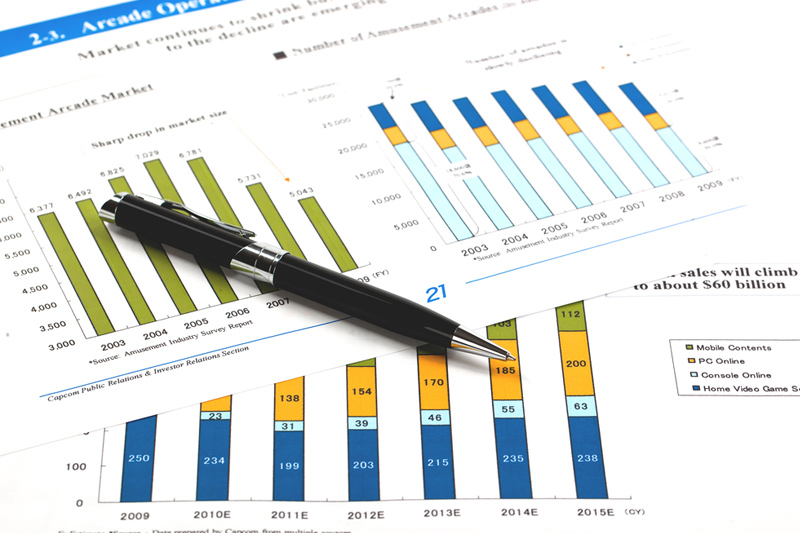[ad_1]
Silicon Valley Bank’s collapse is a classic boom-to-bust story with the startup-focused lender staring at uncertainty the moment US Federal Reserve started to raise interest rates.
SVB was a key lender to budding startups and had major venture capital firms as its clients who had large amounts of deposits with the bank, which it used to lend to early stage startups.
SVB’s deposits jumped to $189.20 billion in 2021 from $102 billion amid the boom in VC business leaving it awash in excess liquidity. Consequently, the bank bought over $80 billion in mortgage-backed securities (MBS) with these deposits for its hold-to-maturity (HTM) portfolio, with an average yield of 1.56%.
The value of these MBS fell as the US central bank kept increasing interest rates, as much as nine times in 2022 to tame the rising inflation after keeping the rates untouched during peak Covid to spur consumer sentiment. This was due to investors being able to buy long-duration bonds from Fed at a 4%-5%.
SVB’s mistake was investing in longer-term mortgage securities with more than 10 years to maturity, rather than shorter-maturity Treasuries or mortgage issues maturing in less than five years. This led to an asset/liability mismatch.
When yields breach a certain level, they become more attractive than equities due to the safety they provide. Due to the rising interest rates and yields, bonds became more attractive for investors, lowering the value of the bonds held by banks.
UK’s Financial Times reported how SVB’s investment decisions backfired.
“Searching for yield in an era of ultra-low interest rates, it ramped up investment in a $120 billion portfolio of highly rated government-backed securities, $91 billion of these in fixed-rate mortgage bonds carrying an average interest rate of just 1.64 per cent. While slightly higher than the meagre returns it could earn from short-term government debt, the investments locked the cash away for more than a decade and exposed it to losses if interest rates rose quickly,” reported FT.
When rates plunged last year, the value of the portfolio fell by $15 billion, which is nearly equal to SVB’s total capital. If it were forced to sell any of the bonds, it would risk becoming technically insolvent.
The investments represented a huge shift in strategy for SVB, which until 2018 had kept the vast majority of its excess cash in mortgage bonds maturing within one year, according to securities filings, the FT report said.
“They went for an extra [0.4 percentage points] of yield and blew up the bank. It is really sad,” FT quoted a person whose fund held a bet against SVB.
[ad_2]











